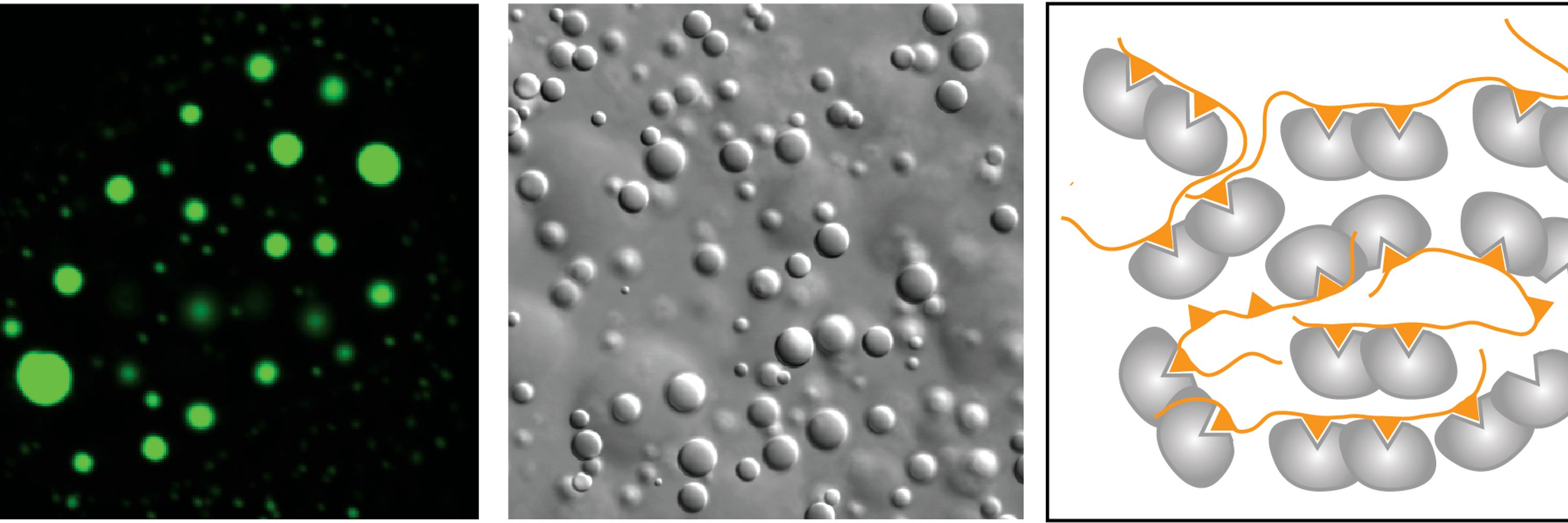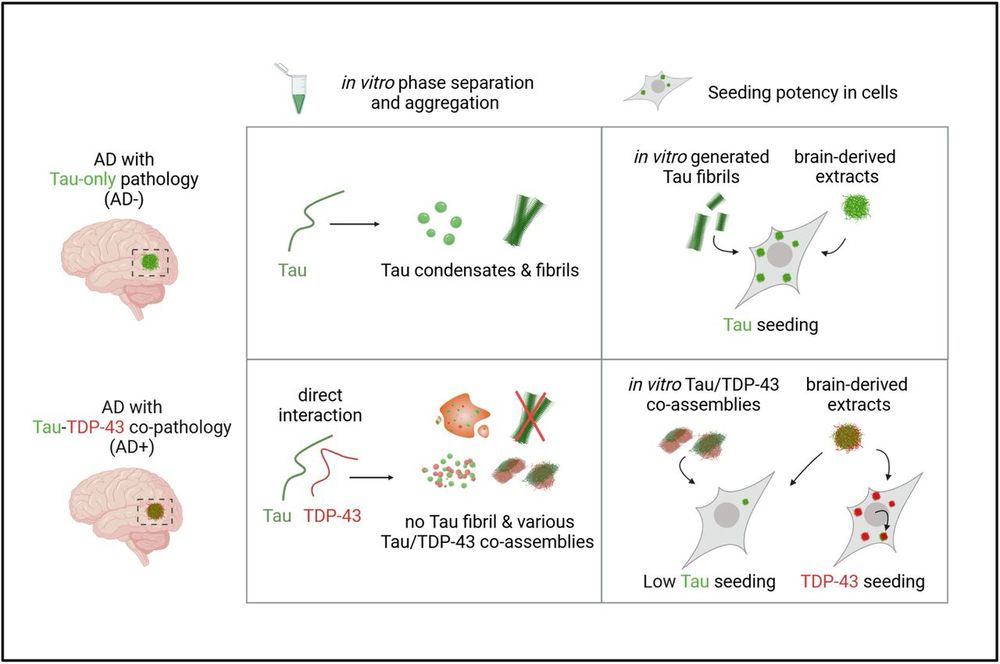Tanja Mittag
@tanjamittag.bsky.social
420 followers
420 following
25 posts
Phase separation and disordered proteins!
Posts
Media
Videos
Starter Packs
Pinned
Tanja Mittag
@tanjamittag.bsky.social
· Jul 9
Reposted by Tanja Mittag
Reposted by Tanja Mittag
Reposted by Tanja Mittag
Reposted by Tanja Mittag
Arne Elofsson
@bioinfo.se
· 8d

Assistant Professor in Data-driven cell and molecular biology
At Stockholm University the Department of Biochemistry and Biophysics (DBB) and the Department of Molecular Biosciences, The Wenner-Gren Institute (MBW) are looking to fill one position as DDLS fellow
su.varbi.com
Reposted by Tanja Mittag
Reposted by Tanja Mittag
Reposted by Tanja Mittag
Madhu Pai, MD, PhD
@madhupai.bsky.social
· Jul 25

Call for 20 Assistant Professor positions
Karolinska Institutet is a world-leading medical university with a long and proud history of ground-breaking research. We are now recruiting outstanding early-career researchers with particularly exce...
ki.se
Reposted by Tanja Mittag
Tanja Mittag
@tanjamittag.bsky.social
· Jul 9
Tanja Mittag
@tanjamittag.bsky.social
· Jul 9
Tanja Mittag
@tanjamittag.bsky.social
· Jul 9
Tanja Mittag
@tanjamittag.bsky.social
· Jul 9
Tanja Mittag
@tanjamittag.bsky.social
· Jul 9
Tanja Mittag
@tanjamittag.bsky.social
· Jul 9
Reposted by Tanja Mittag
Reposted by Tanja Mittag
Tanja Mittag
@tanjamittag.bsky.social
· Jun 21
Tanja Mittag
@tanjamittag.bsky.social
· Jun 21
Tanja Mittag
@tanjamittag.bsky.social
· Jun 21








